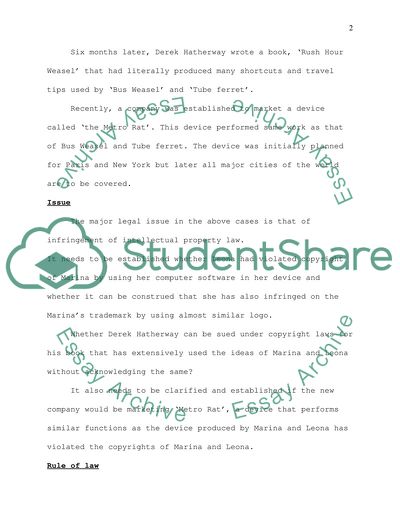Cite this document
(“The Issue of Intellectual Property Law Assignment”, n.d.)
The Issue of Intellectual Property Law Assignment. Retrieved from https://studentshare.org/law/1731859-intellectual-property-law
The Issue of Intellectual Property Law Assignment. Retrieved from https://studentshare.org/law/1731859-intellectual-property-law
(The Issue of Intellectual Property Law Assignment)
The Issue of Intellectual Property Law Assignment. https://studentshare.org/law/1731859-intellectual-property-law.
The Issue of Intellectual Property Law Assignment. https://studentshare.org/law/1731859-intellectual-property-law.
“The Issue of Intellectual Property Law Assignment”, n.d. https://studentshare.org/law/1731859-intellectual-property-law.


